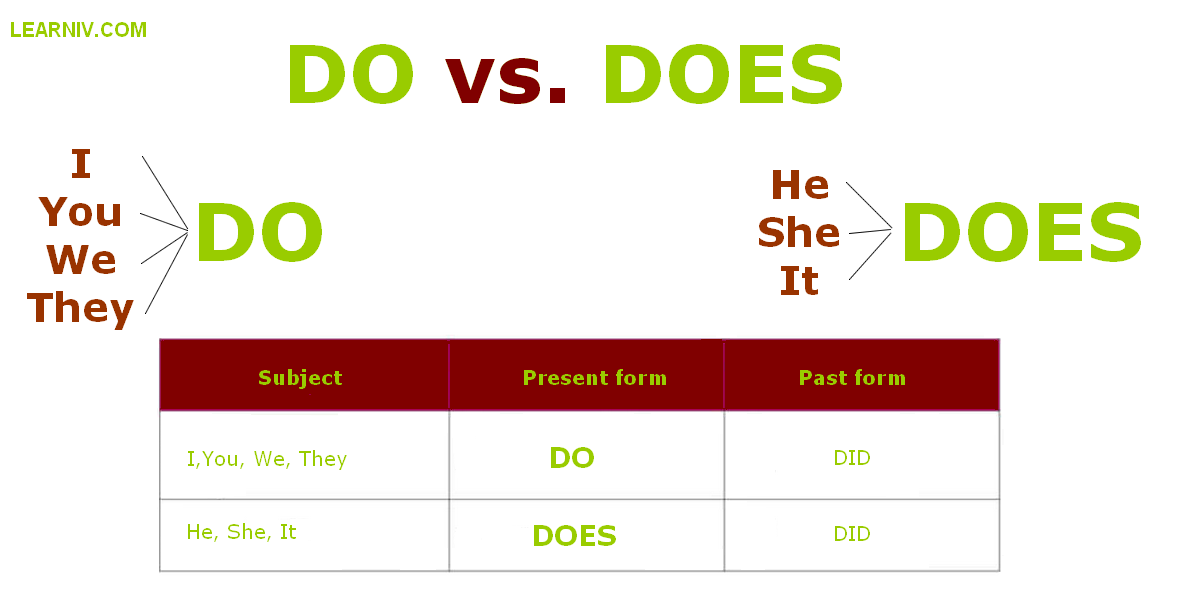Essential Skills Every Aspiring Fashion Designer Needs to Succeed
Introduction: The Multifaceted World of Fashion Design
Success in the fashion industry demands much more than a keen eye for style. Modern fashion designers must blend creativity with technical know-how, business sense, and strong interpersonal skills to stand out in an increasingly competitive landscape. If you aspire to launch a career in fashion design or elevate your current practice, understanding the core competencies required is crucial. This comprehensive guide delves into the essential skills every fashion designer needs, explains how to develop them, and provides practical steps for enhancing your professional toolkit.
Creativity: The Heart of Fashion Design
At the foundation of every great fashion designer lies creativity . The ability to envision unique patterns, silhouettes, and collections is what distinguishes leading designers from the rest. Creativity involves not only original design concepts but also the resourcefulness to innovate within constraints-be it budget, materials, or client briefs. Developing creativity is an ongoing process, nurtured by studying art, following global trends, and consistently experimenting with new ideas and media. [1]
Practical Application: To foster creativity, immerse yourself in diverse artistic experiences, keep a visual journal of inspirations, and regularly challenge yourself to reinterpret classic designs in novel ways. Attending art exhibitions, collaborating with artists from other fields, and traveling can also broaden your creative perspective.
Technical Skills: Transforming Concepts Into Reality
No matter how imaginative a design may be, technical skills are essential to bring it to life. Key competencies include:
- Garment construction : Understanding how clothing is assembled, from pattern drafting to final stitching, is fundamental.
- Sewing and draping : Precision in hand- and machine-sewing, as well as the ability to drape fabric on a dress form, allows designers to prototype and refine their ideas.
- Patternmaking : Translating sketches into functional patterns that can be used for production is a must-have skill.
- Fabric knowledge : Recognizing the properties and behaviors of different textiles ensures designs are both beautiful and wearable.
Many of these skills are acquired through formal training, practice, and hands-on experience in workshops, internships, or personal projects. [2]
Implementation Guidance: Consider enrolling in accredited fashion programs or technical courses that emphasize construction, patternmaking, and textile science. Seek internships with established designers or fashion houses to gain real-world exposure. Practice consistently by starting your own mini-collections and refining your skills with each project. [3]
Digital and Computer Skills: The Modern Designer’s Edge
Today’s fashion design process is heavily influenced by technology. Proficiency in computer-aided design (CAD) software-such as Adobe Illustrator, Photoshop, and other specialized design programs-is now expected in the industry. These tools allow designers to create digital sketches, technical drawings, and even 3D garment mockups, which streamline the development and production process. [1]
Developing Digital Skills: Many fashion schools include digital design in their curriculum. However, online tutorials, workshops, and self-paced courses can also help you master these programs. Building a digital portfolio showcasing your proficiency with these tools can set you apart from other candidates or freelancers.
Attention to Detail: From Concept to Craftsmanship
Whether it’s selecting the perfect fabric, ensuring accurate measurements, or finishing seams flawlessly, attention to detail is critical. In high fashion especially, minor flaws can overshadow otherwise brilliant designs. This skill can be honed by developing consistent quality control habits, double-checking work, and learning to spot subtle discrepancies in both fit and finish. [2]
Practical Steps: Create checklists for each stage of the design and production process. Solicit feedback from trusted mentors or peers to catch errors you may overlook. Set aside time to review your work under different lighting conditions and from various perspectives to ensure nothing is missed.
Communication and Interpersonal Skills: Collaborating for Success
Fashion designers rarely work in isolation. The ability to communicate ideas clearly to clients, manufacturers, team members, and the media is indispensable. This includes presenting your designs persuasively, giving and receiving feedback, and building positive relationships with a diverse range of stakeholders. [1]
Enhancing Communication: Practice presenting your work both verbally and visually. Take courses in public speaking or visual storytelling. Join industry networking events and professional associations to build connections and refine your interpersonal skills.
Business Acumen: Navigating the Industry
Successful designers are also savvy businesspeople. This includes understanding marketing , branding , budgeting , and sales strategies . Developing a strong brand identity and a viable business plan is essential, especially for those launching their own labels or freelancing. Knowledge of current market trends and consumer behavior further enhances your competitiveness. [2]

Source: wordsupergames.blogspot.com
Action Steps: If you’re interested in the business side, consider taking supplementary courses in fashion marketing, management, or entrepreneurship. Seek out mentors from the business side of fashion or attend industry seminars and trade shows. Stay informed by reading fashion business publications and following influential industry leaders.
Trend Awareness and Adaptability: Keeping Up in a Fast-Paced Industry
The fashion world is always evolving. Designers must remain aware of global trends, cultural shifts, and emerging technologies. Being adaptable means being willing to learn new skills, embrace sustainable practices, and respond quickly to market demands. [4]
How to Stay Current: Subscribe to leading fashion magazines, attend fashion weeks (virtually or in person), and participate in online design communities. Experiment with sustainable materials and consider how environmental issues may affect your designs. Remain open to feedback and willing to revise your ideas as the industry changes.
Portfolio Development: Showcasing Your Talents
Your portfolio is a critical tool for career advancement. It should display a range of skills, including sketches, finished garments, and digital designs. A well-rounded portfolio demonstrates both your creative range and technical mastery. [3]
Building an Effective Portfolio: Start by including your best work across different styles and techniques. Update your portfolio regularly as you develop new skills or complete significant projects. For digital portfolios, use reputable platforms or your own professional website to present your work cleanly and accessibly.
Gaining Experience: Internships, Apprenticeships, and Networking
Hands-on experience is indispensable. Internships and apprenticeships with established designers or brands provide practical learning, industry exposure, and invaluable contacts. Networking through events, social media, and industry groups can open doors to collaborations, mentorships, and job opportunities. [3]
Guidance for Gaining Experience: Research fashion houses and brands offering internship programs by visiting their official websites or searching for opportunities on reputable job boards. Prepare a tailored resume and portfolio for each application. Attend industry meetups, both in-person and online, to connect with professionals and discover hidden opportunities.
Environmental and Cultural Awareness: Designing Responsibly
Today’s designers are expected to consider the environmental and cultural impact of their work. Incorporating sustainable materials, ethical production methods, and cultural sensitivity can set you apart and align your brand with modern values. [5]
How to Advance in This Area: Stay informed about sustainability trends and certifications in fashion. Consider enrolling in courses or workshops focused on sustainable design. Be mindful of cultural appropriation and strive for authenticity and respect in your work by researching the history and significance of motifs or techniques you wish to use.
Developing Your Fashion Design Career: Step-by-Step
To embark on or advance your career in fashion design, consider these actionable steps:
- Research educational programs at accredited institutions or online platforms offering fashion design, textiles, and business courses.
- Build a diverse portfolio featuring sketches, technical drawings, and finished garments.
- Pursue internships or apprenticeships with reputable designers or brands. Check official brand websites or leading job boards for listings.
- Develop digital skills through self-study or formal classes in CAD tools and digital illustration.
- Network actively by joining professional associations and attending industry events.
- Stay updated on trends, technology, and sustainability practices in fashion.
If you’re unsure where to start, consider reaching out to local art and design colleges, reputable online education providers, or professional industry organizations. You can also search for “fashion design internships” or “accredited fashion programs” using trusted job and education platforms to find opportunities in your area.
Key Takeaways: Building a Lasting Career in Fashion Design
Fashion design is a dynamic, multidisciplinary career that requires continuous learning and adaptation. By developing creativity, technical expertise, digital skills, attention to detail, business acumen, and a commitment to ethical practices, you can carve out a rewarding and resilient path in the fashion world. Begin by assessing your strengths, identifying areas for growth, and seeking out educational and experiential opportunities aligned with your career goals.

Source: silicon.co.uk
References
- [1] Indeed (2025). 18 Fashion Designer Skills.
- [2] IFA Paris (2023). Key Skills for Becoming a Successful Fashion Designer.
- [3] CareerVillage (2024). Requirements for Being a Fashion Designer.
- [4] TealHQ (2024). Fashion Designer Skills in 2025.
- [5] Istituto Marangoni Miami (2025). 5 Essential Fashion Designer Skills.



